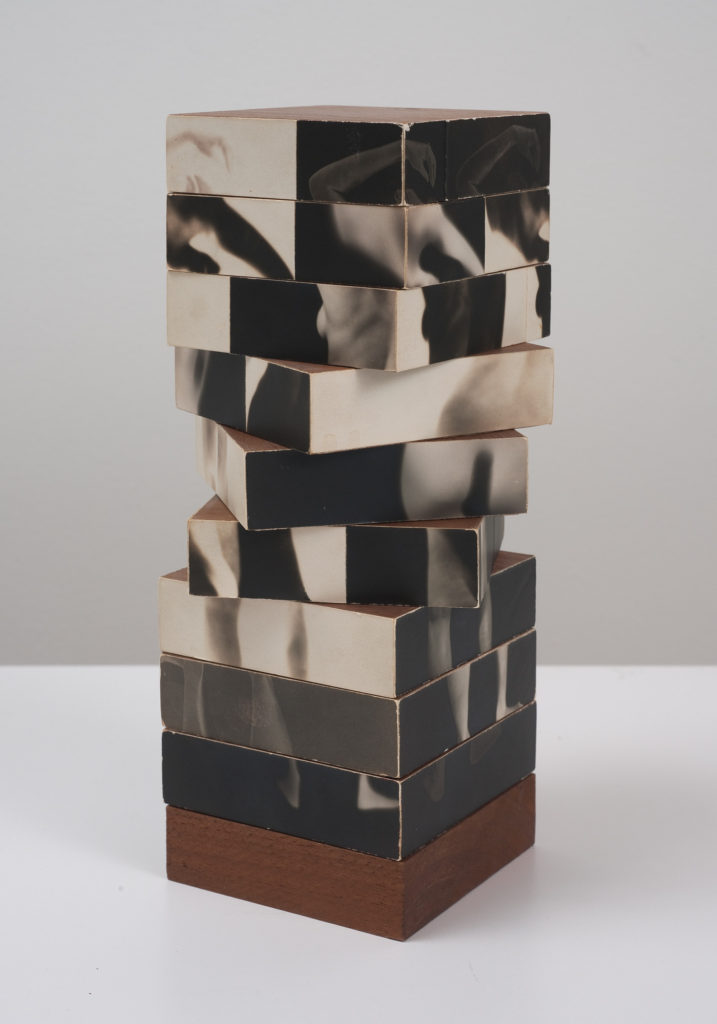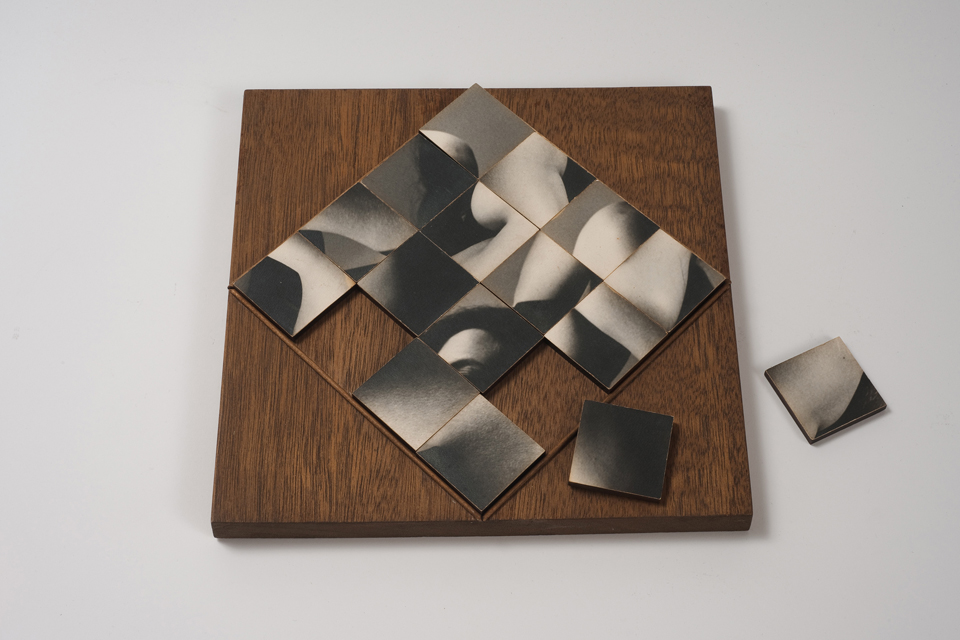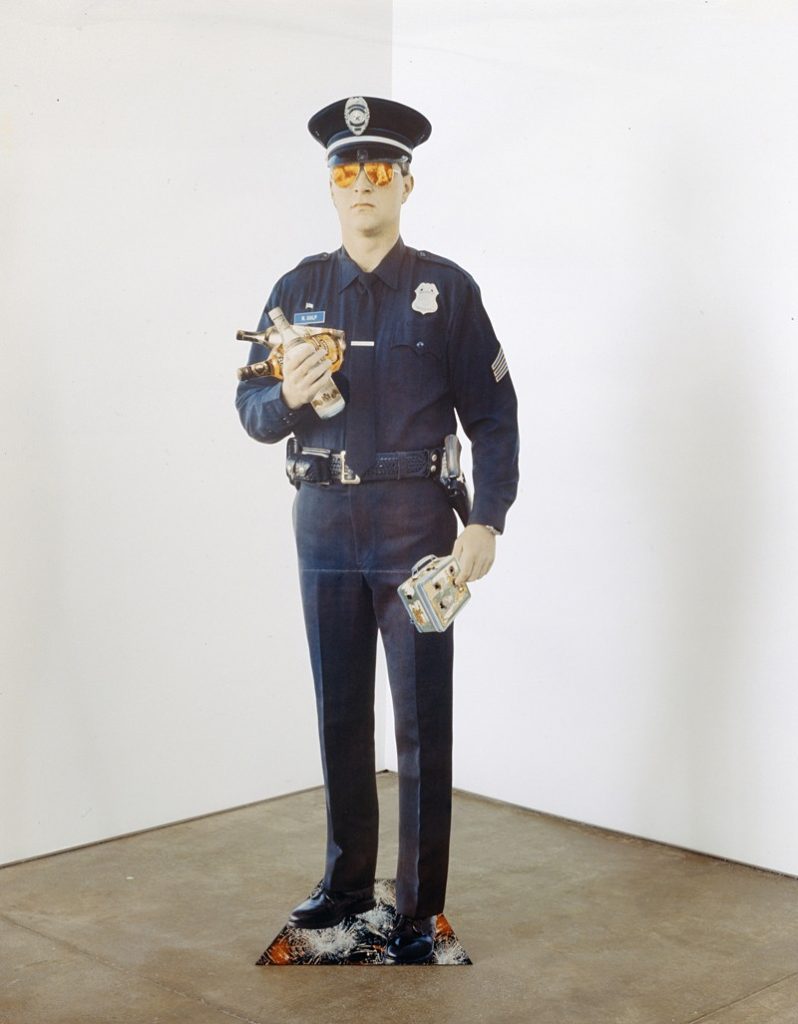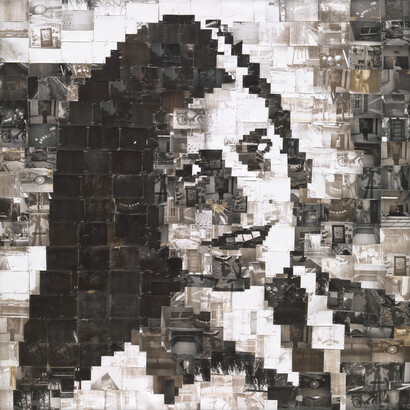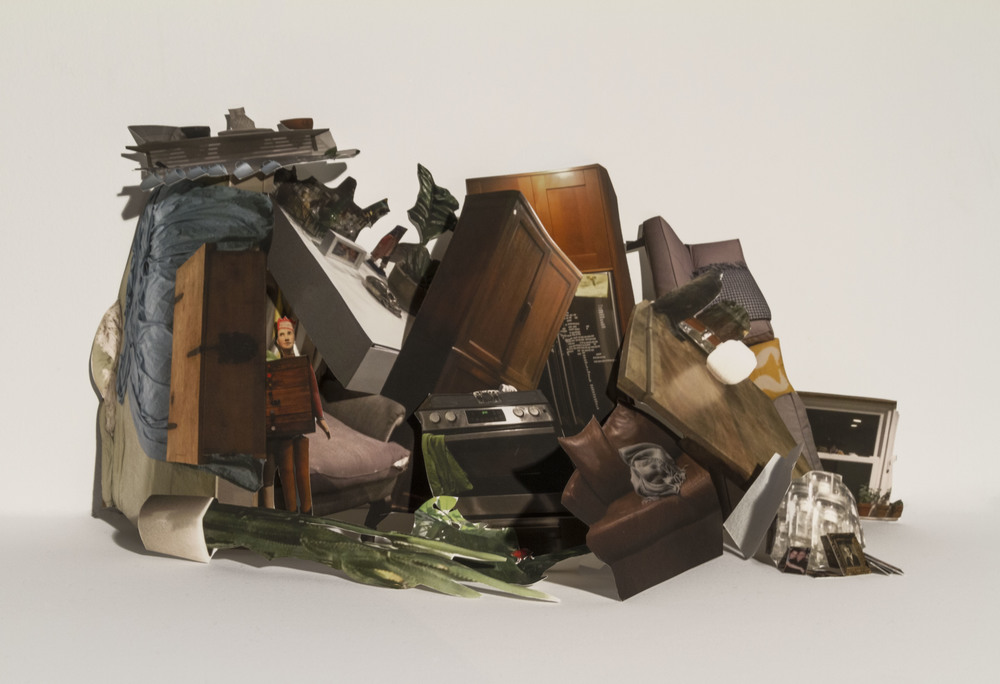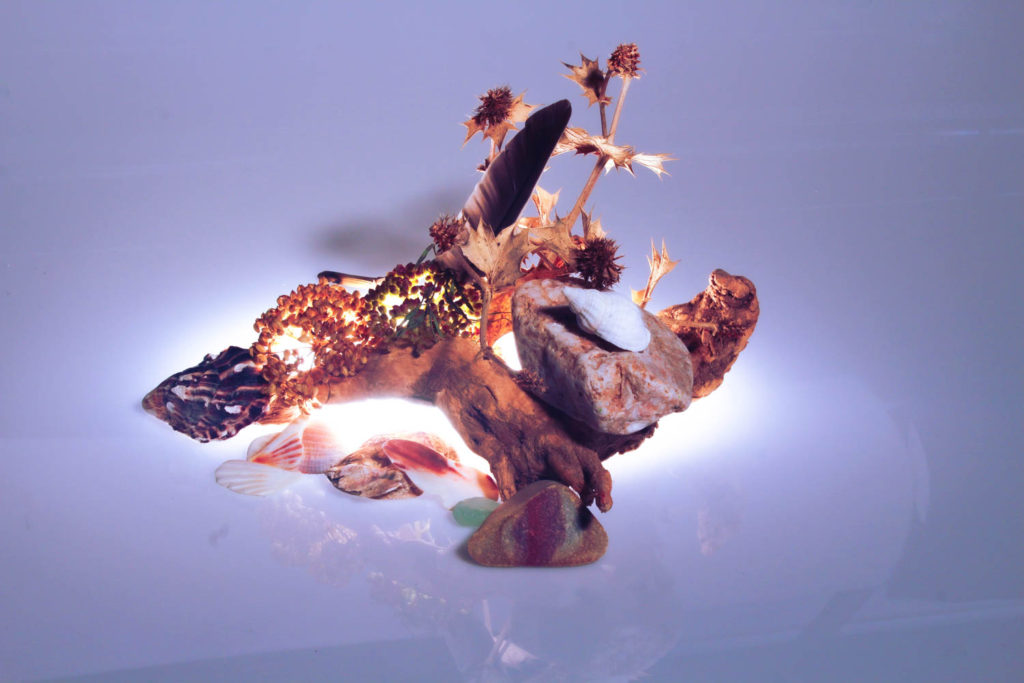Is a genre of photography used for the depiction of inanimate subject matter, typically a small group of objects. Similar to still life painting, it is the application of photography to the still life artistic style.
History of Still Life
-Still life is usually about metaphors / symbolism (i.e death, love, fragility of life, etc)
Still, life has historically been used as a way to present symbolism for real life, for example early Netherlandish paintings of the 16th and 17th centuries often contained religious and allegorical symbolism relating to the objects depicted. This then developed to more recent history with photography- allowing more to be captured more easily. This genre gives the photographer more leeway in the arrangement of design elements within a composition compared to other photographic genres, such as landscape or portrait photography. Lighting and framing are important aspects of still life photography composition. Manmade objects like pots, vases, consumer products, handicrafts etc. or natural objects like plants, fruits, vegetables, food, rocks, shells etc. can be taken as subjects for still life photography. Typically, still life photos are not close up to the subject nor far away, but at a very head-on angle. The art in still life photography is often in the choice of objects that are being arranged and the lighting rather than the skill of the photographer. Still life derives from the Dutch word still even, coined in the 17th century when paintings of objects enjoyed immense popularity throughout Europe. The impetus for this term came as artists created compositions of greater complexity, bringing together a wider variety of objects to communicate allegorical meanings.
Analysis of Key Painting

Brueghel has used

